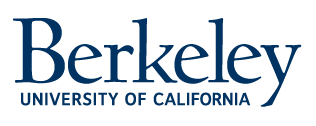Lecturers
S. Siem (Oslo)
C. Tellefsen (Oslo)
A. C. Larsen (UiO)
A. Goergen (Oslo)
M. Guttormsen (UiO)
S. Goriely (ULB)
S. Hilaire (CEA)
L. Bernstein (Berkeley)
About the course
The course was arranged as a Summer school from 25th of November to the 6th of December 2019 in the Kruger park in South-Africa. This course was first run in November 2017 at Stellenbosch University.
Topics covered
• How elements heavier than iron could be formed in astrophysical environments, especially the s-process, the r-process and the p-process.
• Importance of nuclear structure physics and nuclear reactions underlying nuclear astrophysical processes.
• Nuclear reactions models, such as the Hauser-Feshbach formalism, relevant to nuclear astrophysics.
• Calculations of nuclear cross-sections e.g. neutron capture cross-sections.
• Hands-on training in running the state-of-of-the-art reaction code TALYS using both experimental and theoretical level densities and gamma strength functions as inputs.
• Experimental nuclear physics methods and techniques used for measuring nuclear properties for nuclear astrophysical processes.






